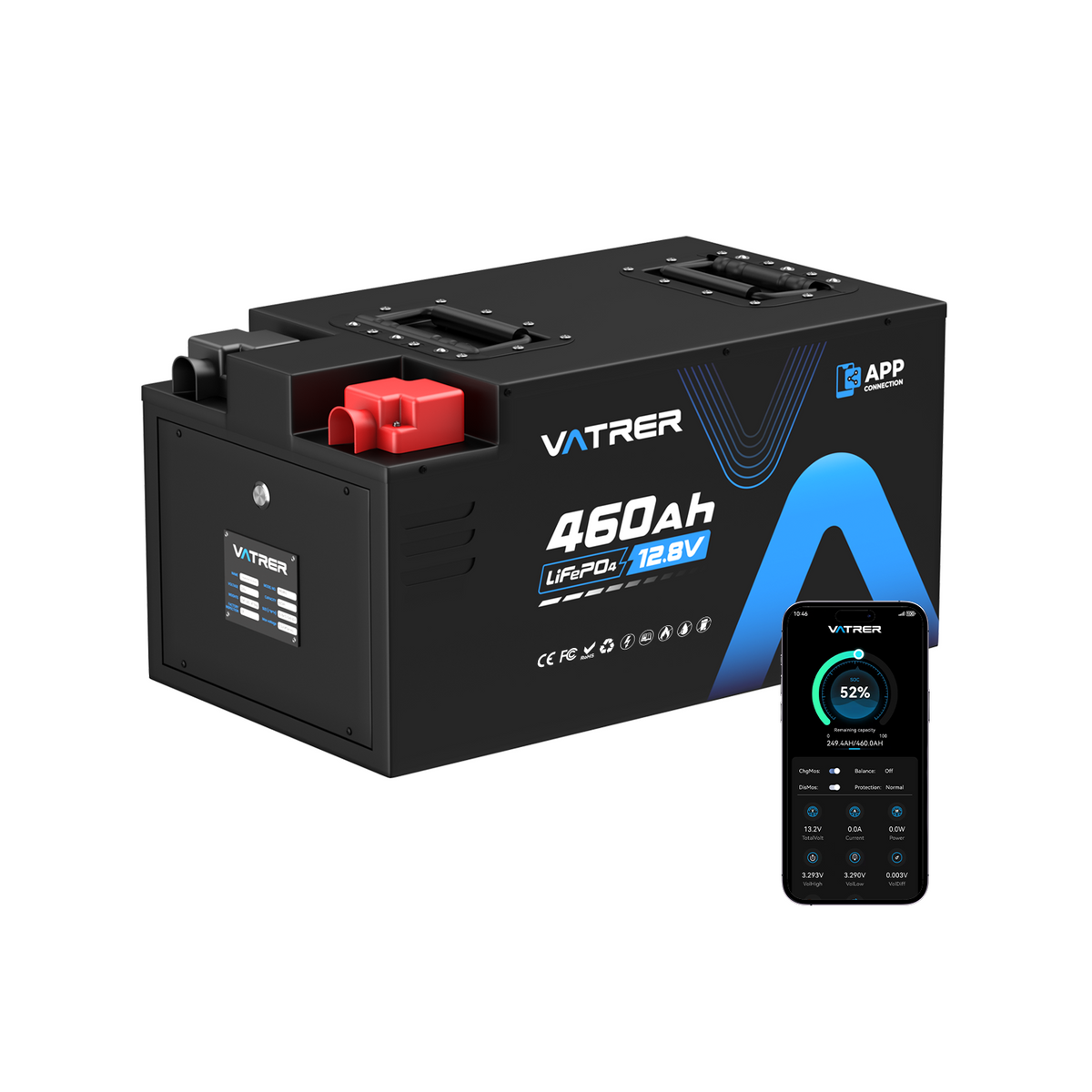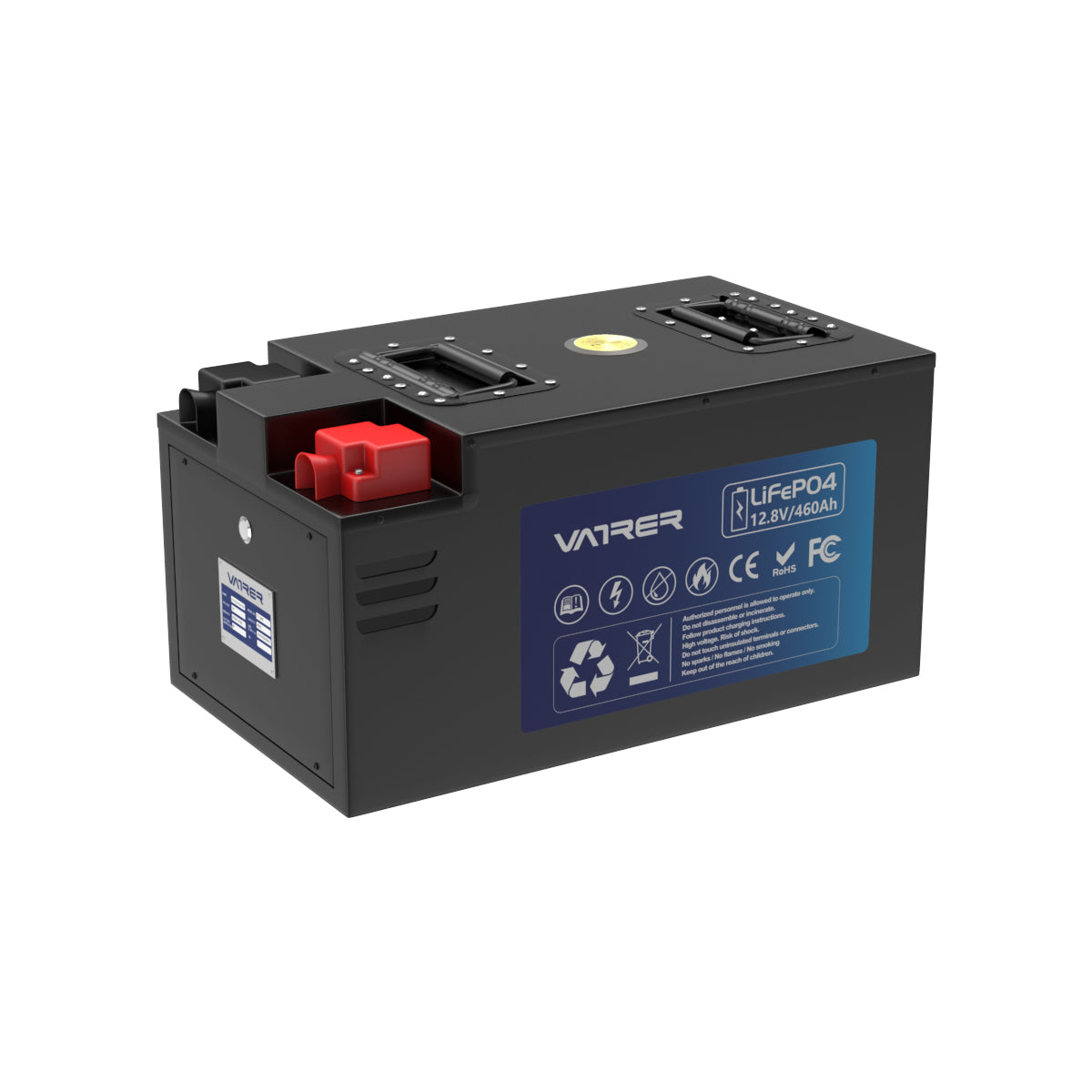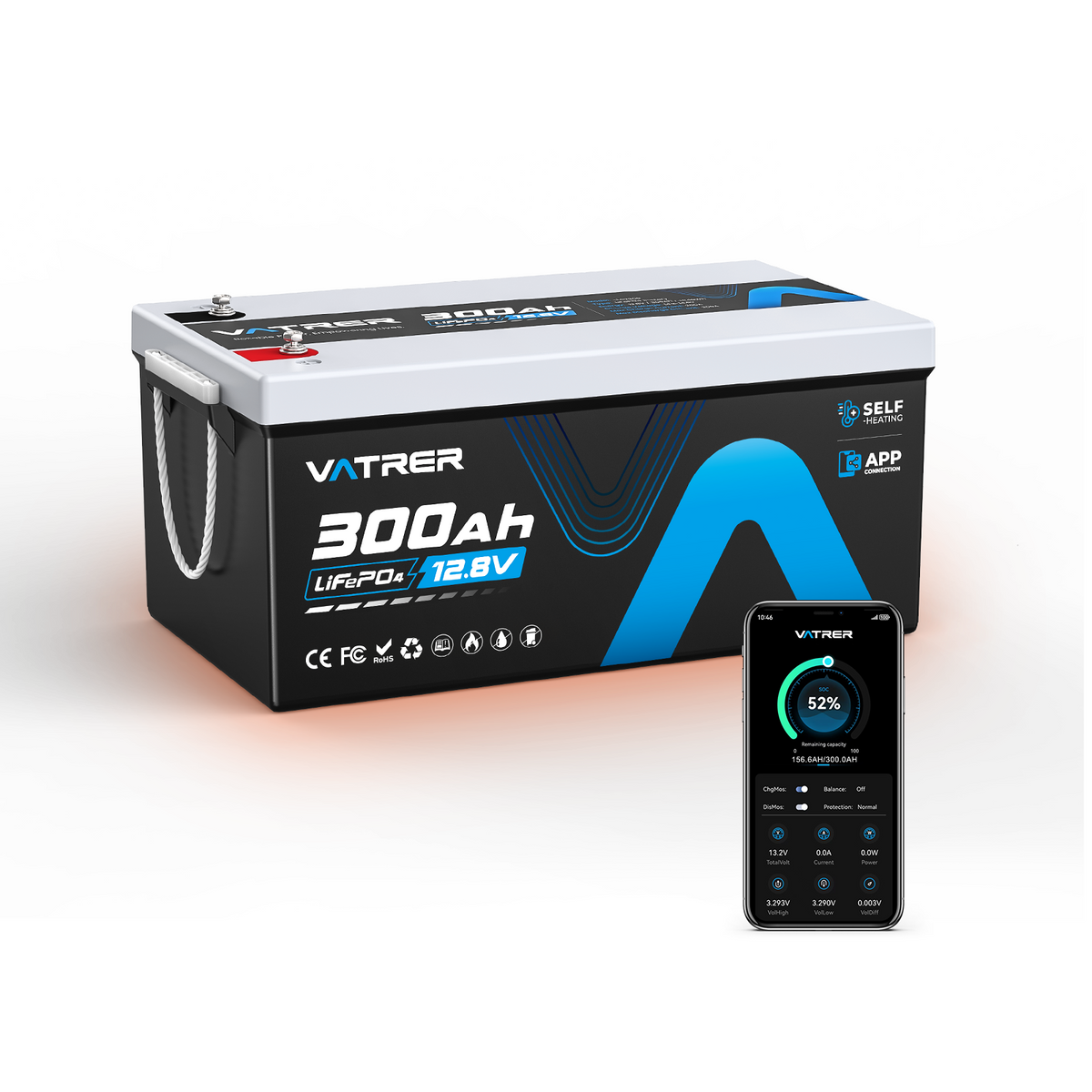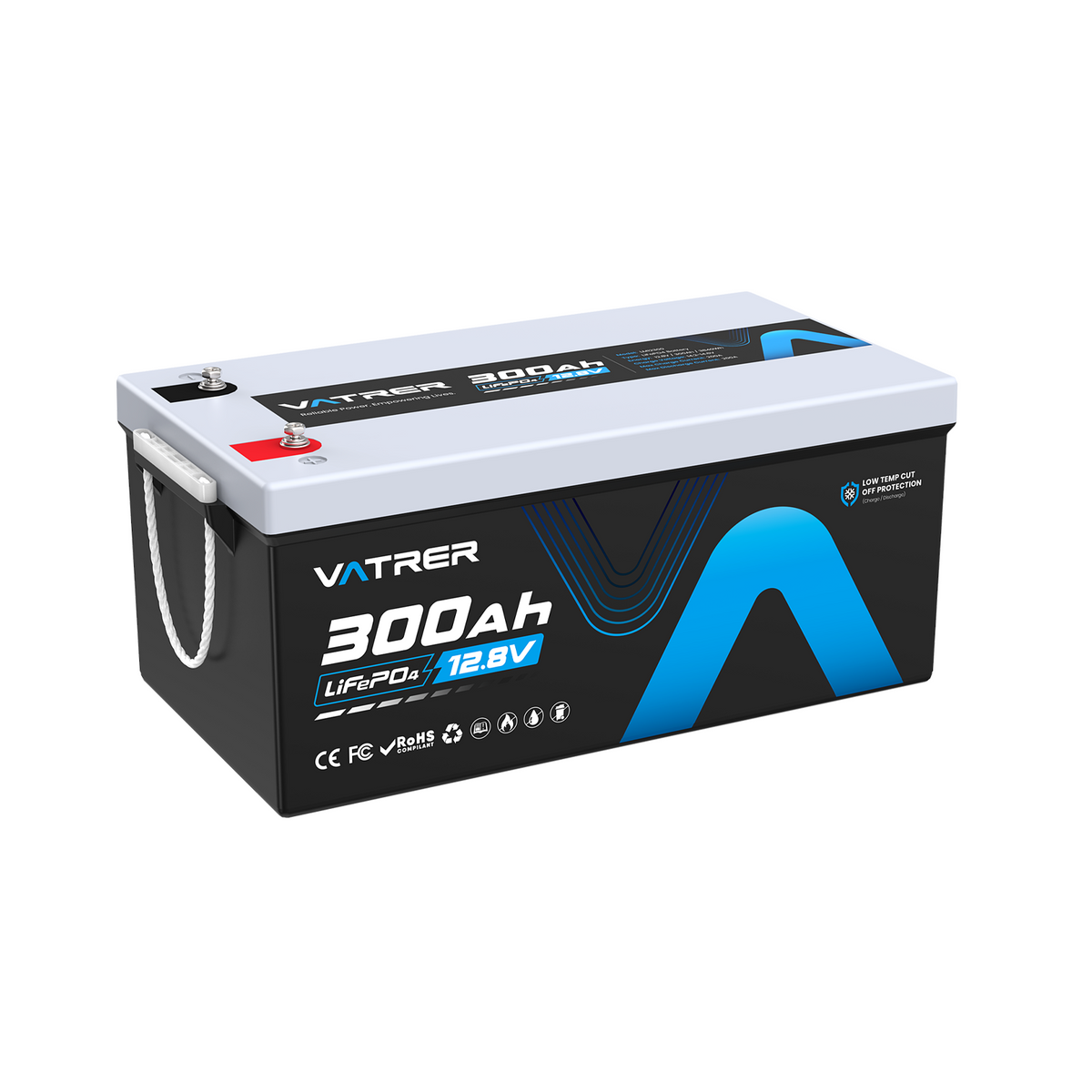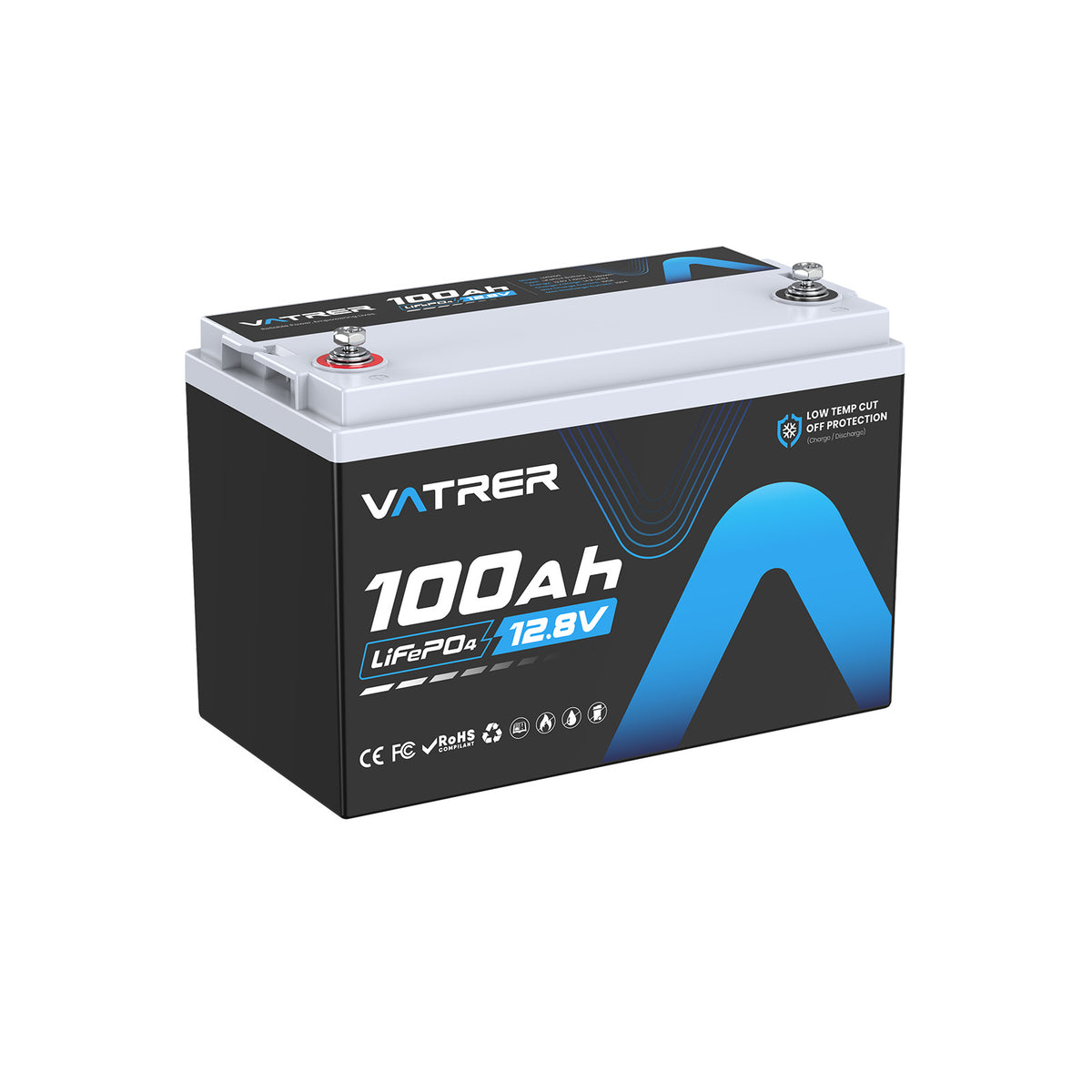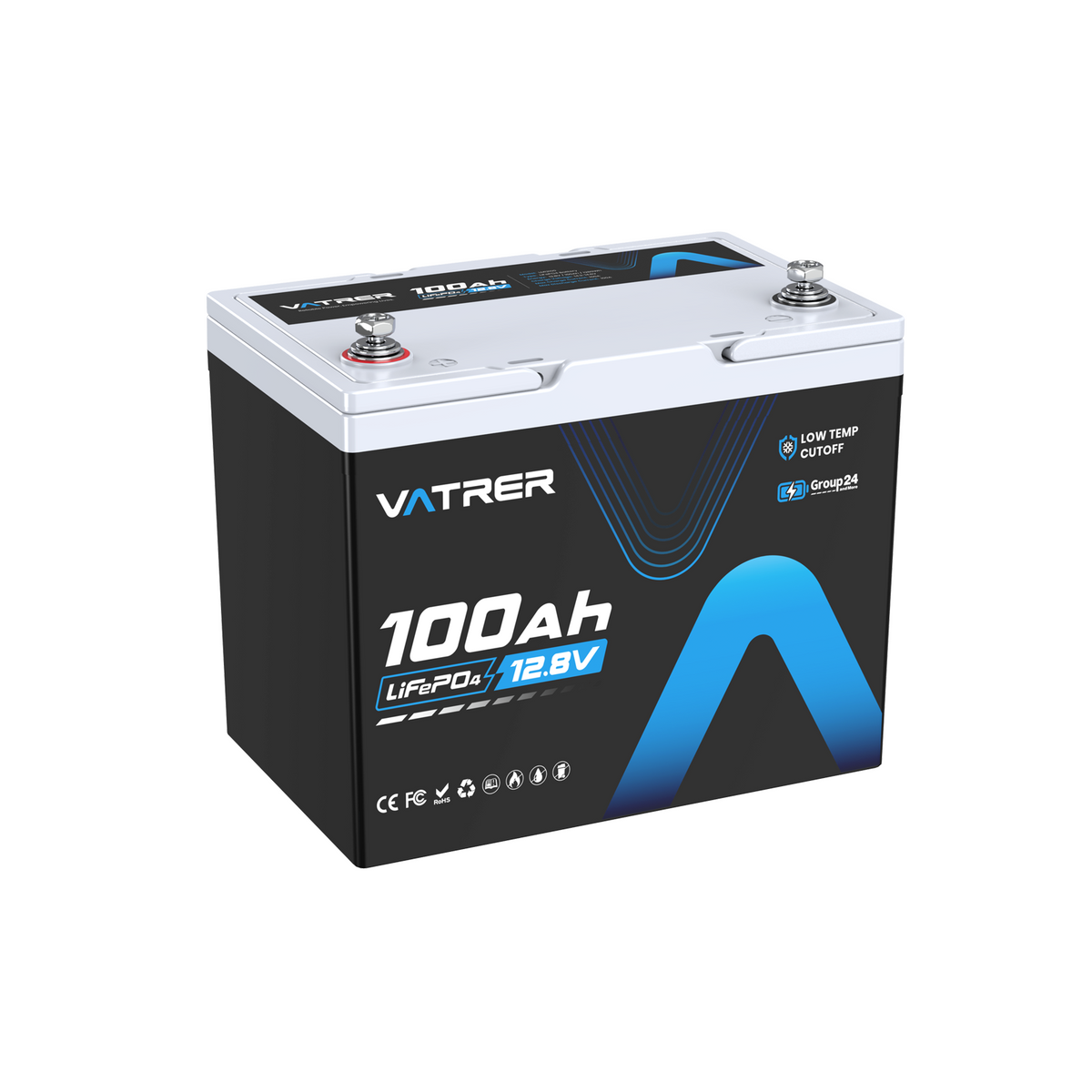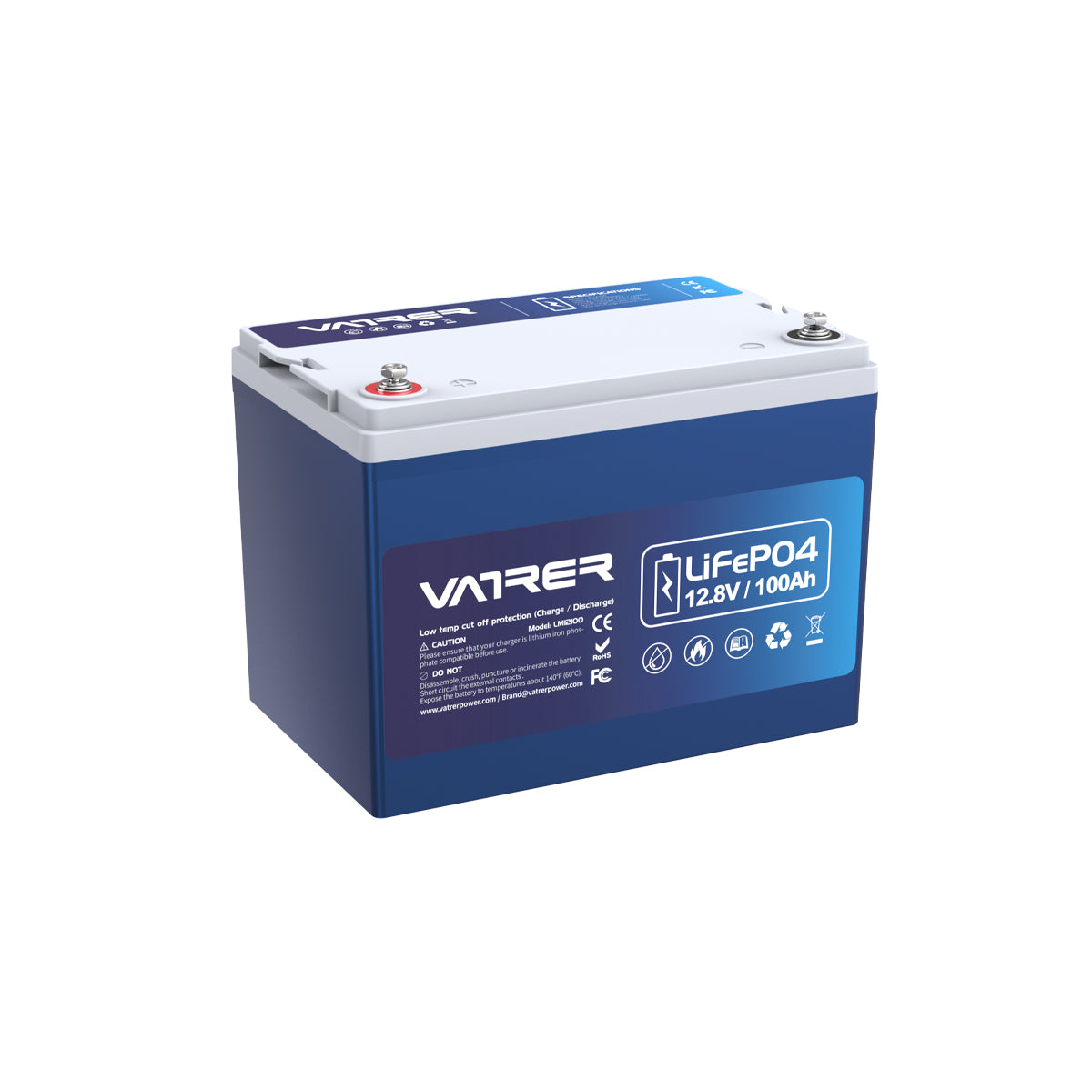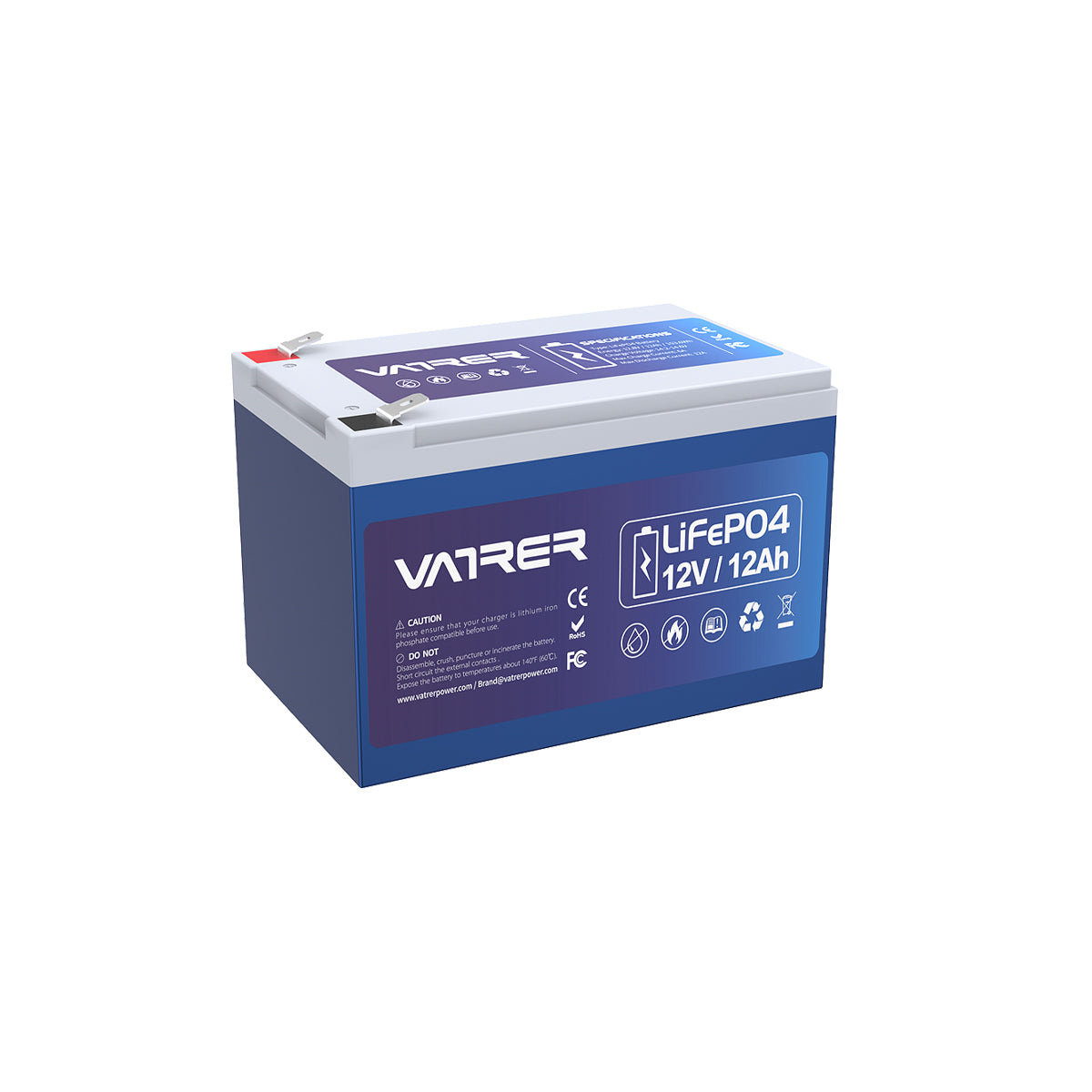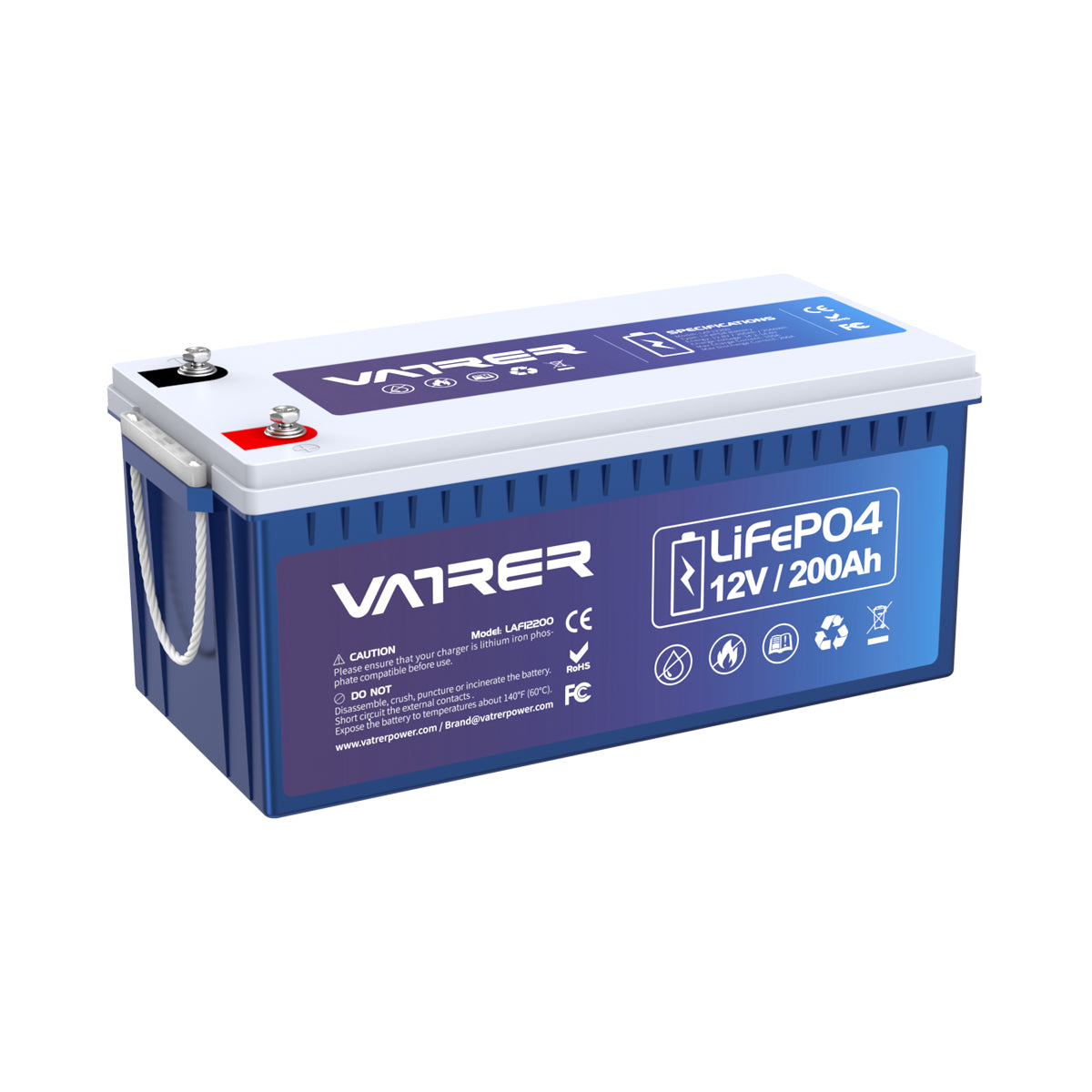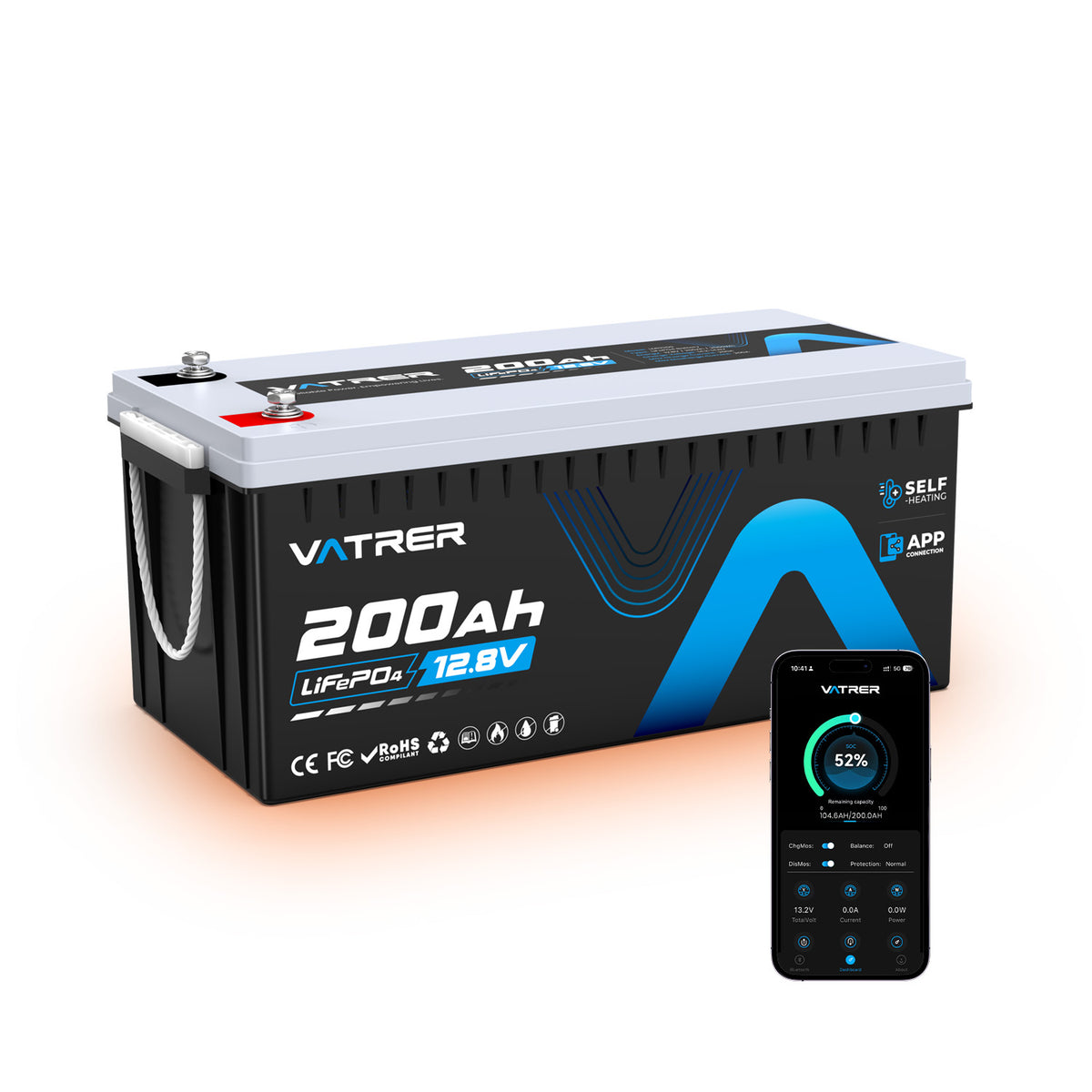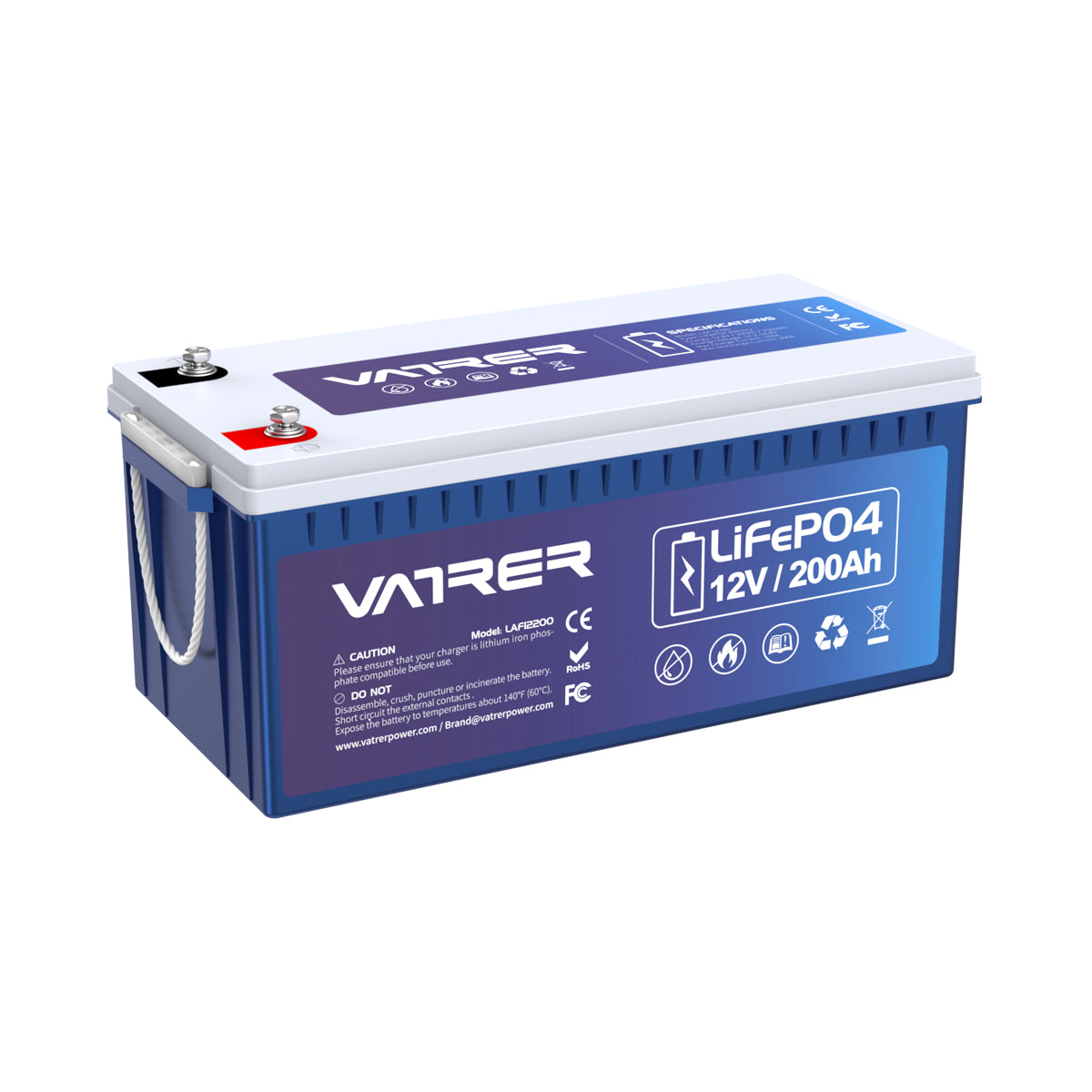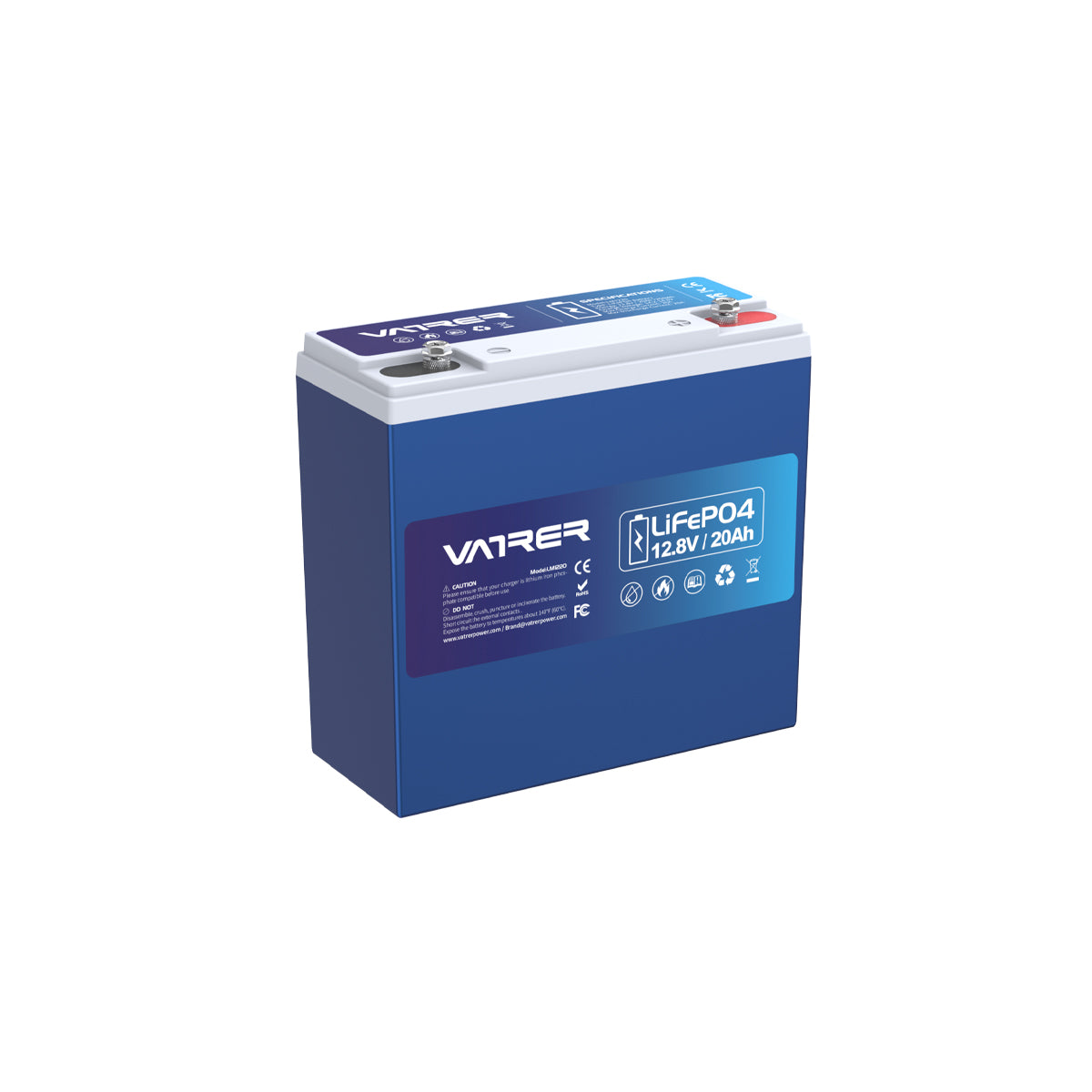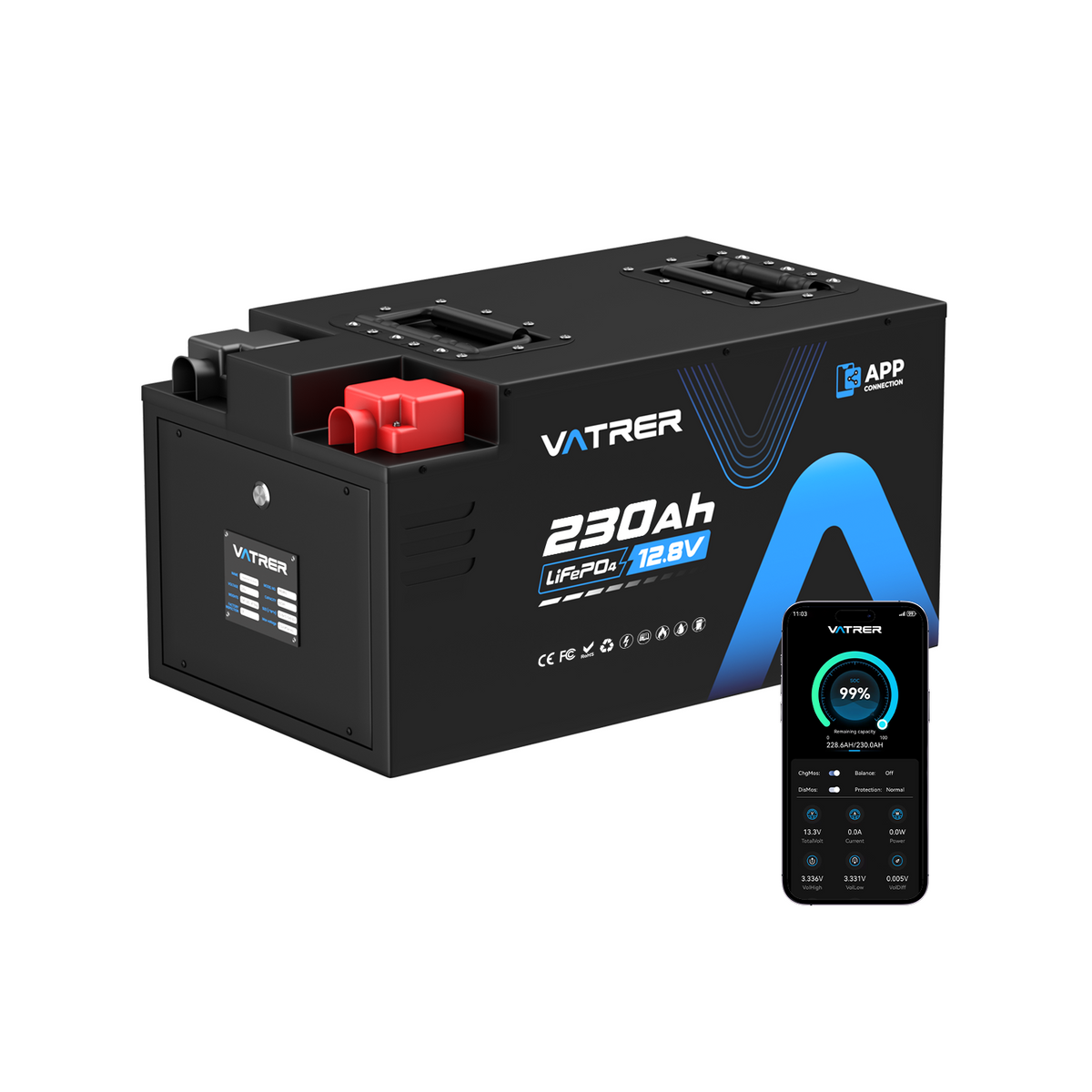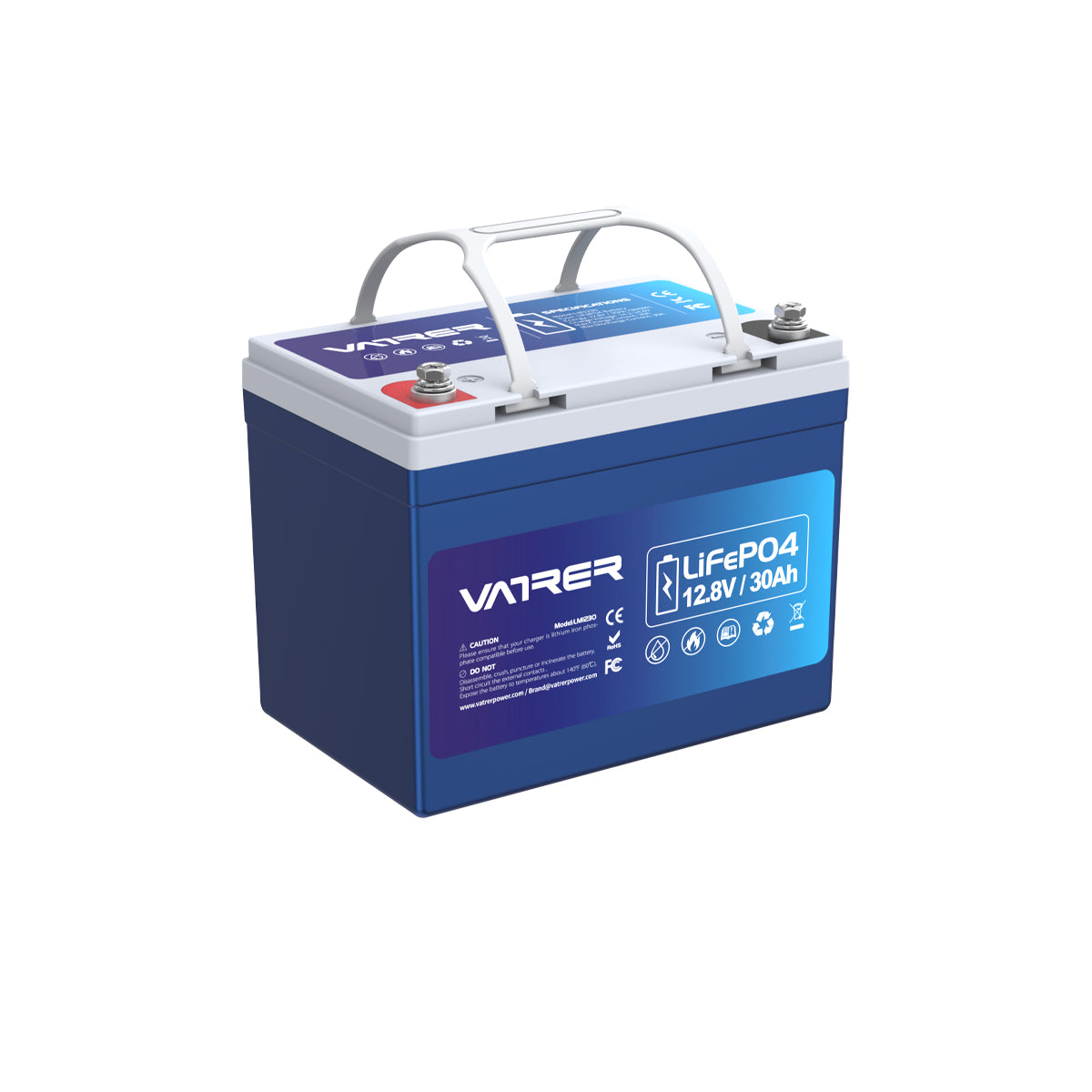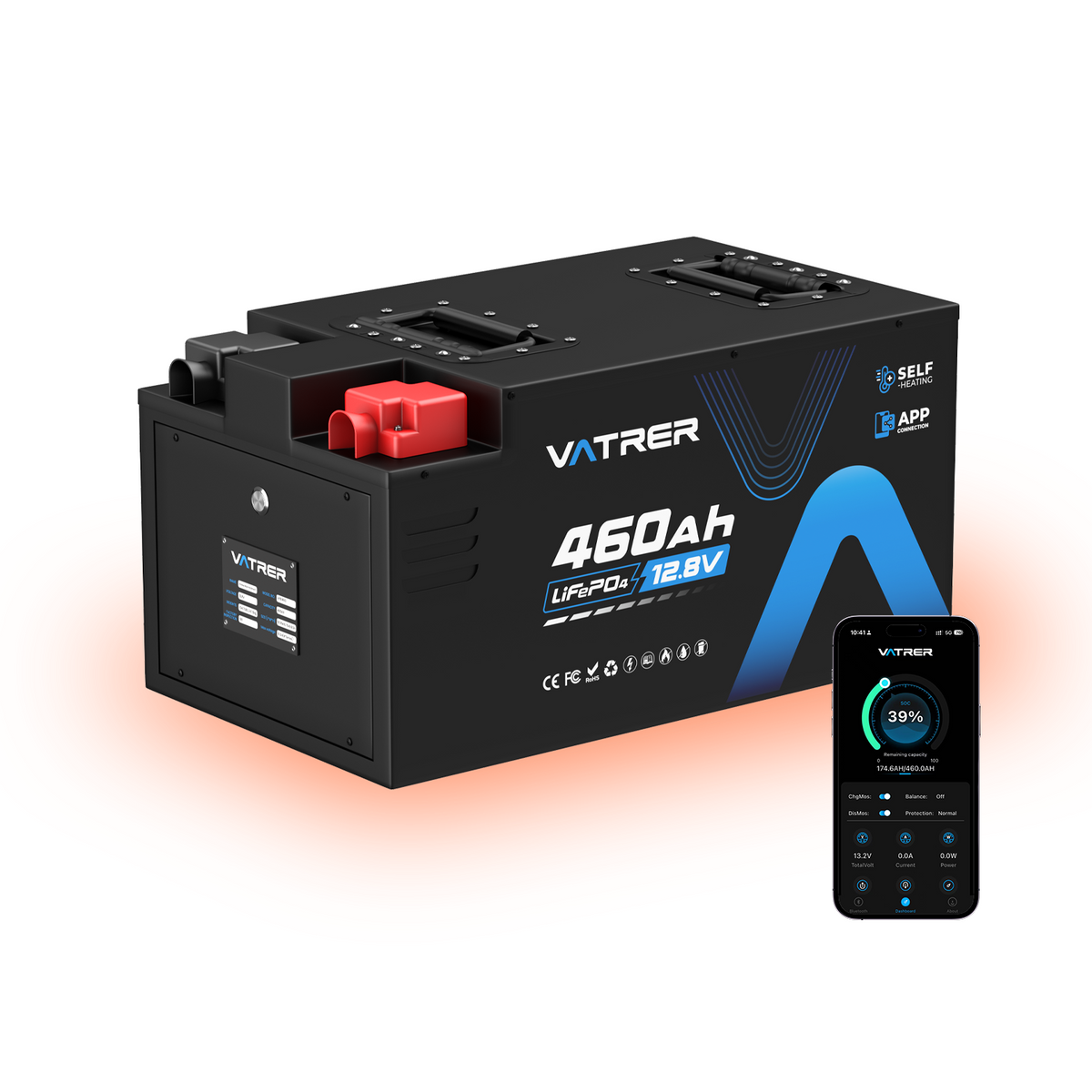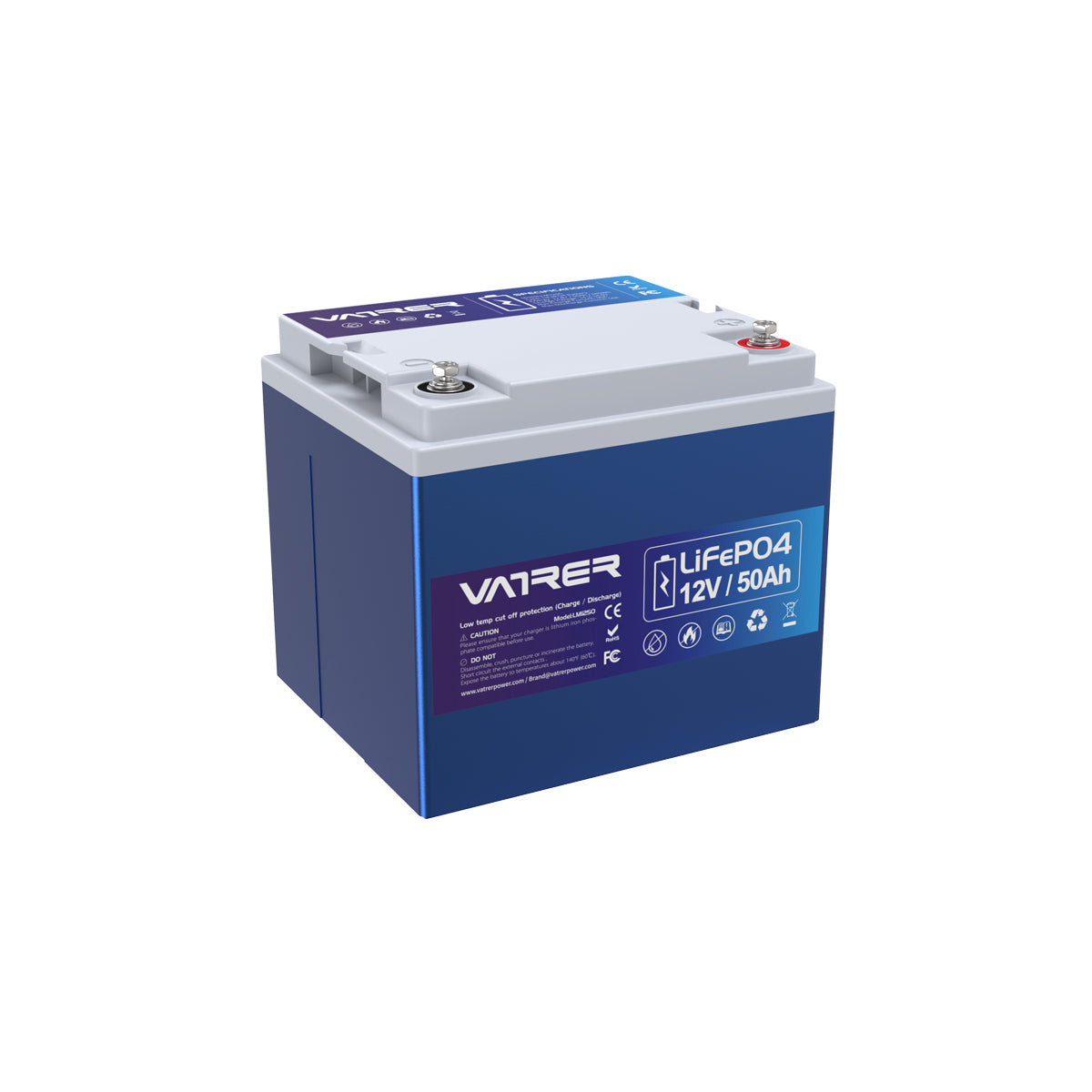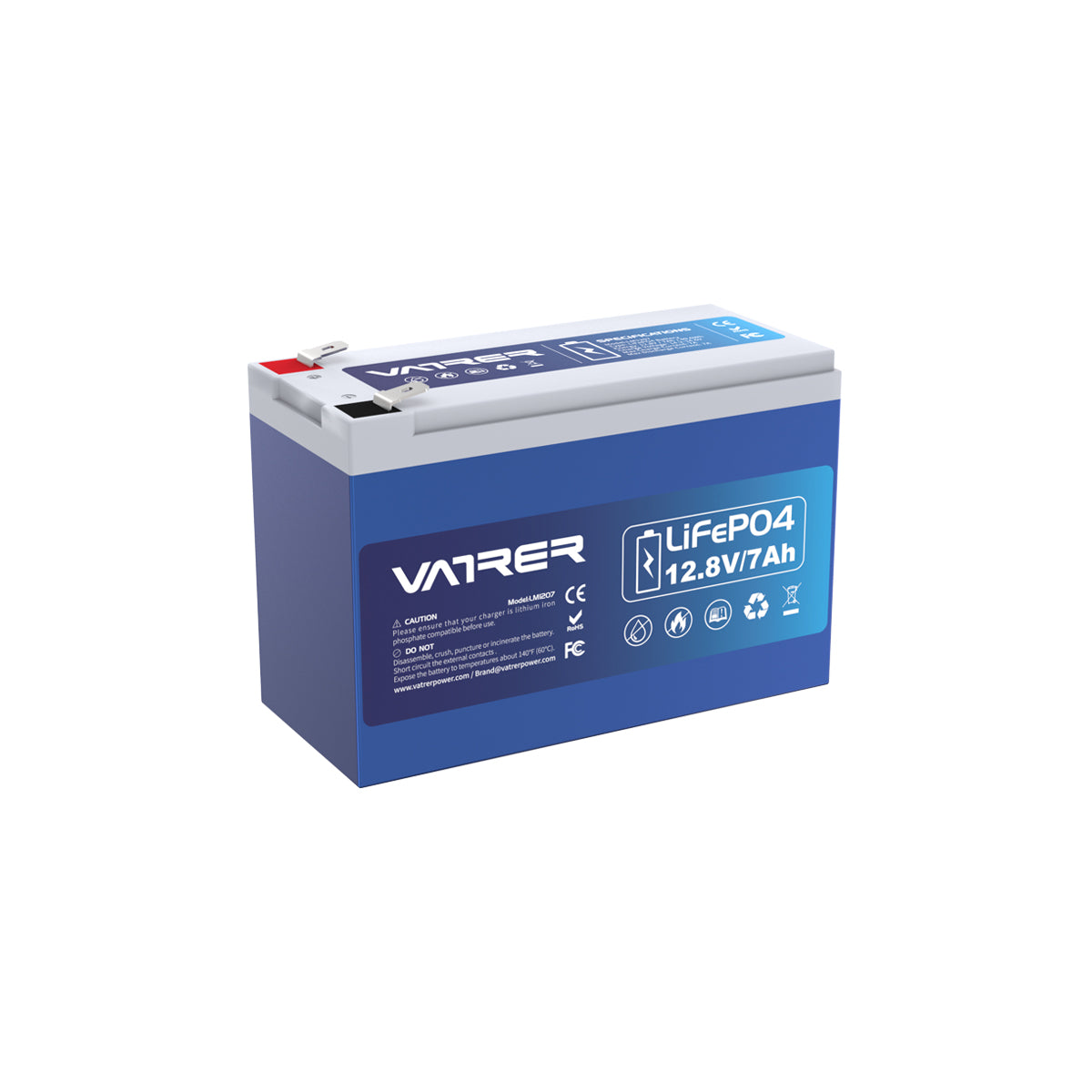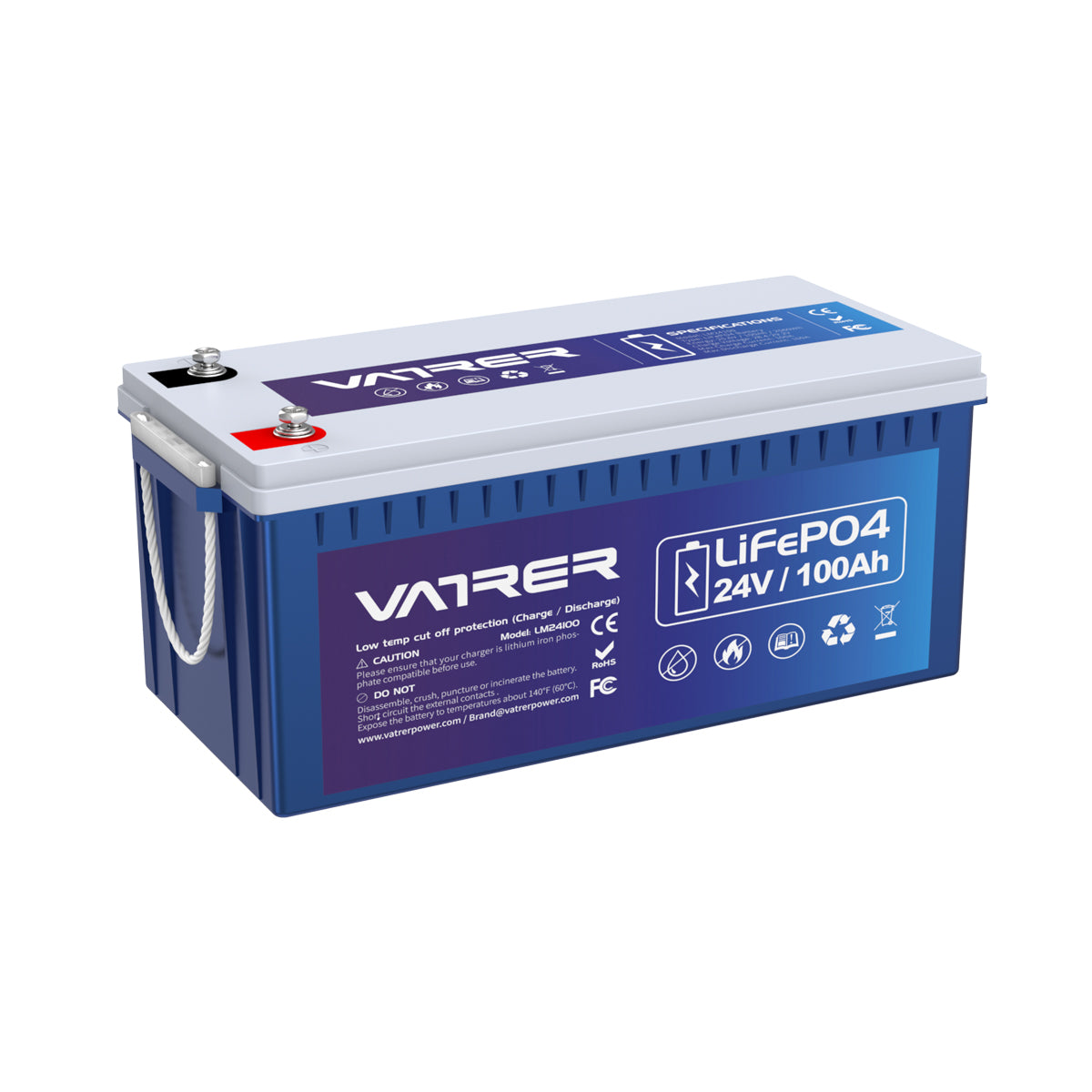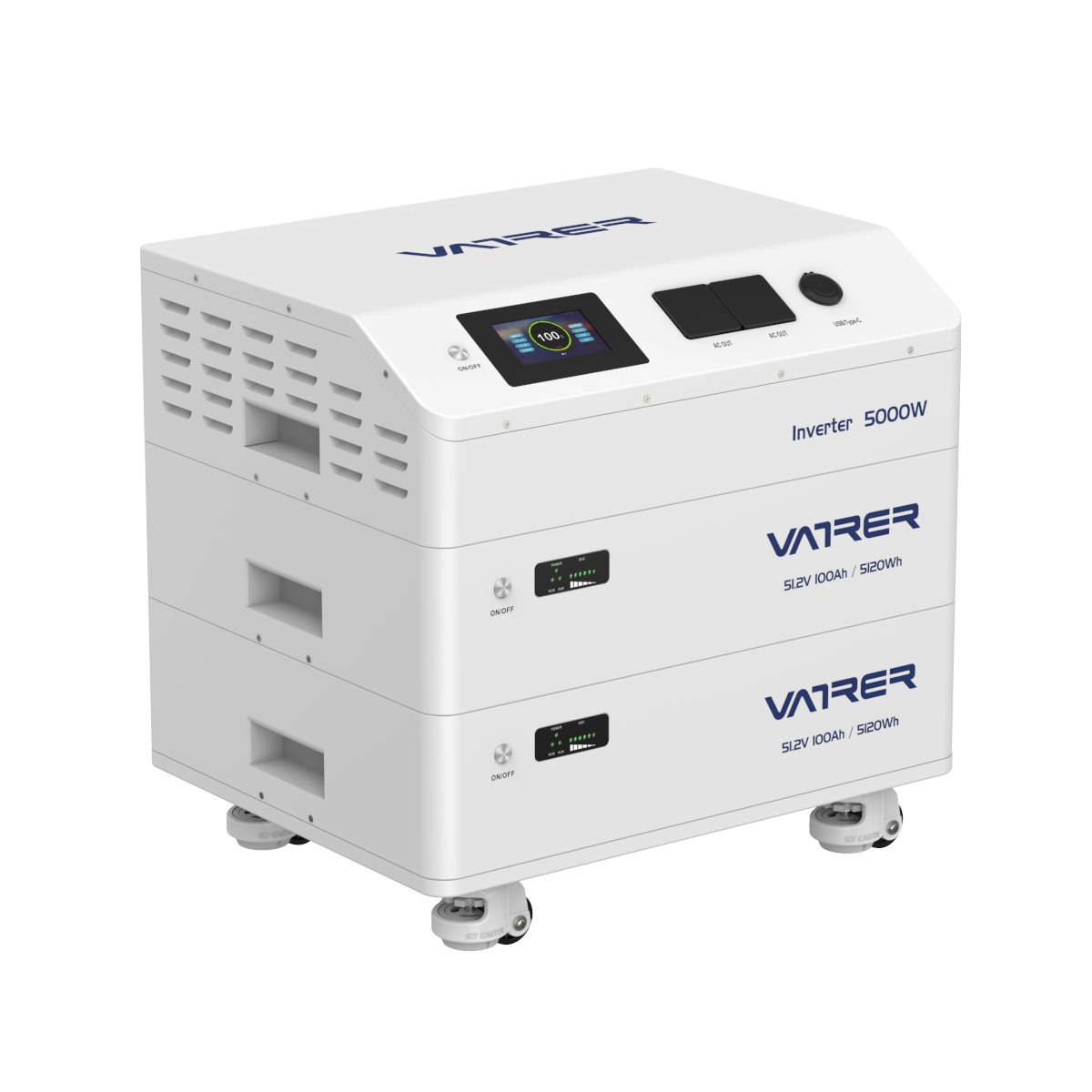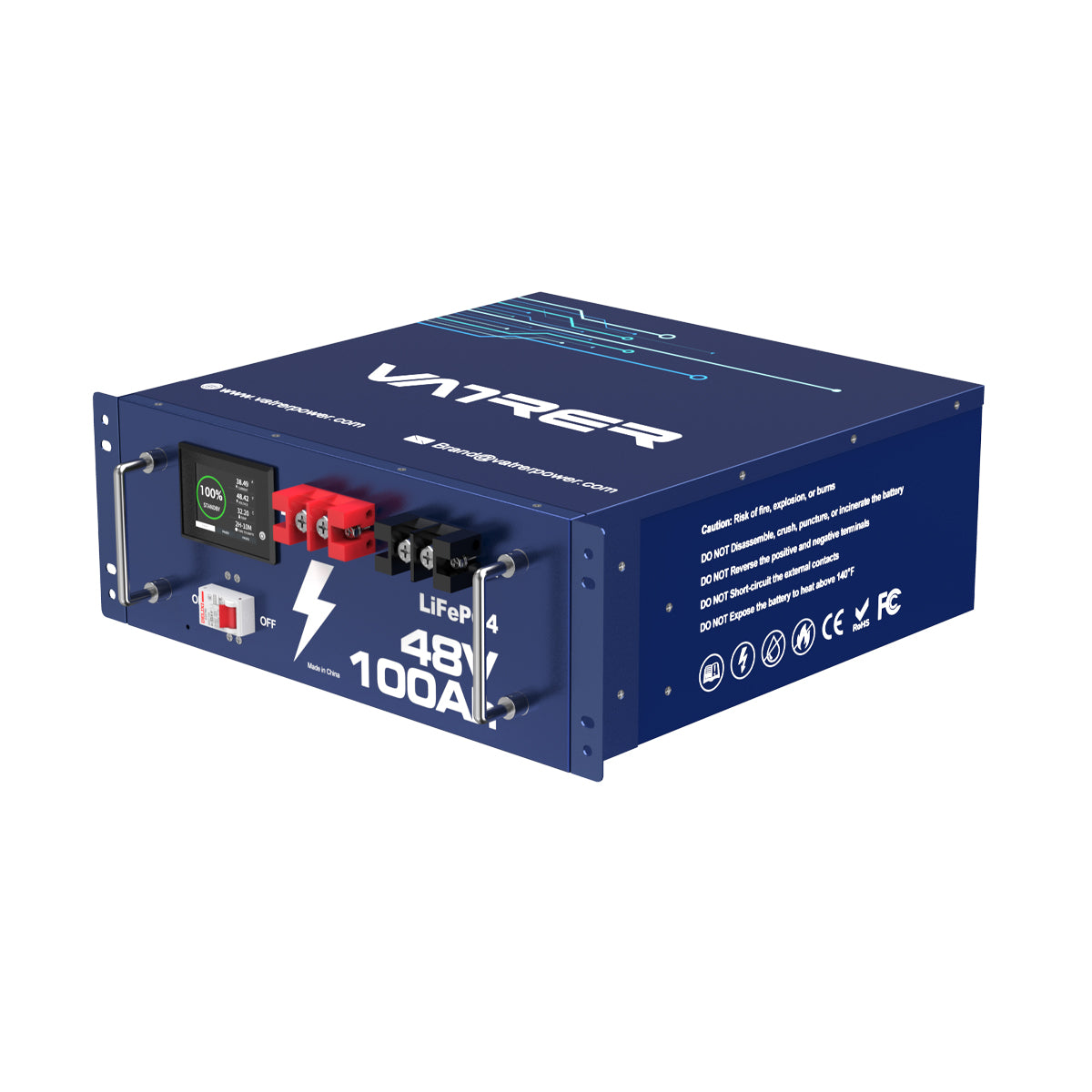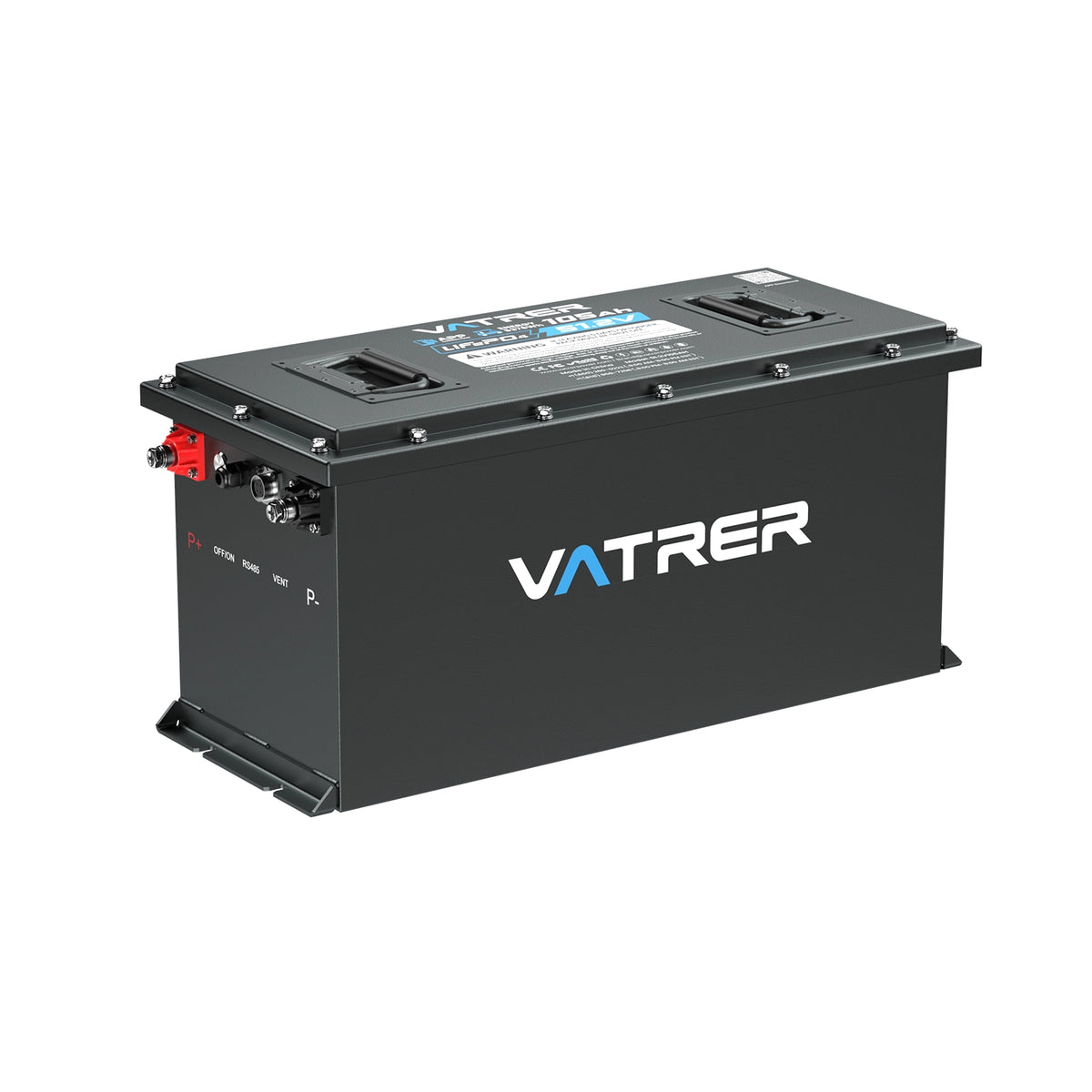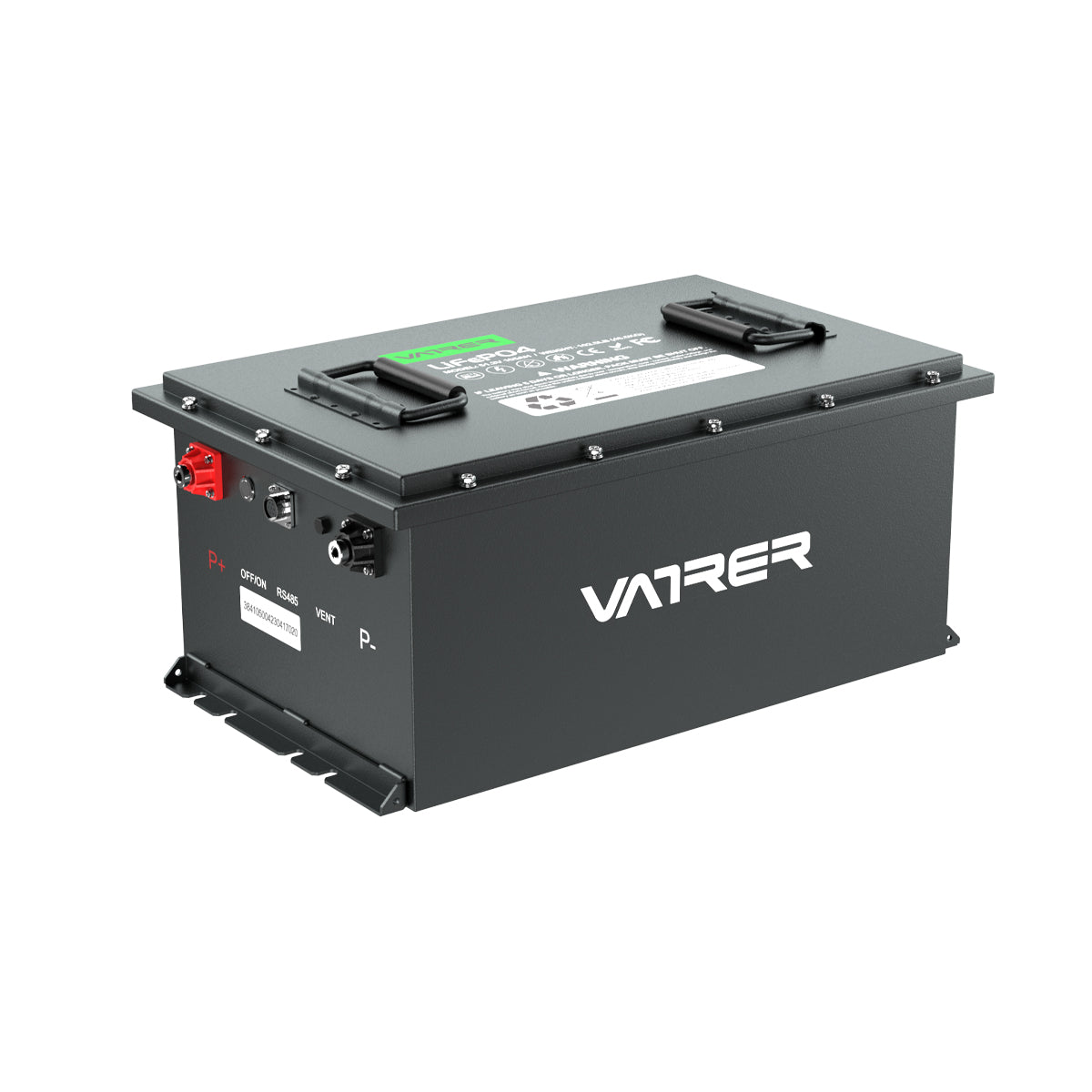1. Introduction
Overview of NiCd Batteries
Nickel-Cadmium (NiCd) batteries have been a staple in the rechargeable battery market for decades. Known for their robustness and ability to deliver high discharge rates, NiCd batteries are commonly used in applications ranging from power tools to emergency lighting. Despite the emergence of newer battery technologies, NiCd batteries remain relevant due to their reliability and cost-effectiveness.

Importance of Proper Charging
Proper charging of NiCd batteries is crucial to maximize their lifespan and performance. Incorrect charging can lead to reduced capacity, shortened lifespan, and in some cases, safety hazards. Understanding the nuances of charging these batteries ensures that they operate efficiently and safely over their intended lifecycle.
2. Understanding NiCd Battery Specifications
Voltage and Capacity
A typical NiCd battery cell has a nominal voltage of 1.2 volts. Therefore, a 12V NiCd battery pack consists of ten cells connected in series. The capacity of a battery, measured in milliamp-hours (mAh), indicates the amount of charge it can store. A 2500mAh battery can theoretically deliver 2500 milliamps for one hour before being fully discharged.
Charge and Discharge Cycles
NiCd batteries are known for their ability to withstand numerous charge and discharge cycles, often up to 500 cycles or more. However, the actual number of cycles can vary based on usage patterns and charging practices. Proper charging techniques can significantly extend the number of effective cycles.
3. Charging Methods for NiCd Batteries
Standard Charging
Standard charging involves charging the battery at a rate of C/10, where C is the battery's capacity. For a 2500mAh battery, this translates to a charge current of 250mA. At this rate, the battery typically reaches full charge in about 14 to 16 hours. This method is gentle on the battery and helps maintain its health over time.
Trickle Charging
Trickle charging is a method where the battery is charged at a very low current, typically C/20 or less. This method is used to maintain a full charge without overcharging the battery. It is particularly useful for applications where the battery needs to be kept at full charge for extended periods.
Rapid Charging
Rapid charging involves charging the battery at a higher current, often up to 1C (2500mA for a 2500mAh battery). This method significantly reduces charging time, often to 1-2 hours. However, rapid charging can generate more heat and stress the battery, potentially reducing its lifespan if not managed properly.
4. Calculating Charge Time
Formula for Charge Time
The basic formula for calculating charge time is:
For a 2500mAh battery charged at 250mA, the charge time would be:
This formula provides a rough estimate and does not account for inefficiencies in the charging process.
Factors Affecting Charge Time
Several factors can affect the actual charge time, including:
-
State of Charge (SoC): A partially charged battery will take less time to reach full charge.
-
Charging Efficiency: Not all the energy supplied to the battery is stored; some is lost as heat.
-
Temperature: Charging at extreme temperatures can affect efficiency and safety.
5. Recommended Charging Practices
Optimal Charge Rates
For longevity, it is recommended to charge NiCd batteries at a rate of C/10. This rate minimizes stress on the battery and reduces the risk of overheating. Rapid charging should be used sparingly and only with chargers designed for this purpose.
Avoiding Overcharging
Overcharging can lead to overheating and reduced battery life. It is essential to use chargers with automatic cutoff features or timers to prevent overcharging. Monitoring the battery temperature during charging can also help prevent damage.
6. Conclusion
Summary of Best Practices
To ensure the optimal performance and longevity of a NiCd 12V 2500mAh battery, it is crucial to adhere to recommended charging practices. Charging at a rate of C/10, avoiding overcharging, and using appropriate chargers are key strategies. Understanding the battery's specifications and the factors affecting charge time can help users make informed decisions.
Future Considerations for Battery Technology
As battery technology continues to evolve, newer chemistries may offer advantages over NiCd batteries in terms of energy density and environmental impact. However, the principles of proper charging and maintenance remain relevant across all battery types. As such, staying informed about advancements in battery technology and charging methods will be beneficial for users and industries reliant on rechargeable batteries.











